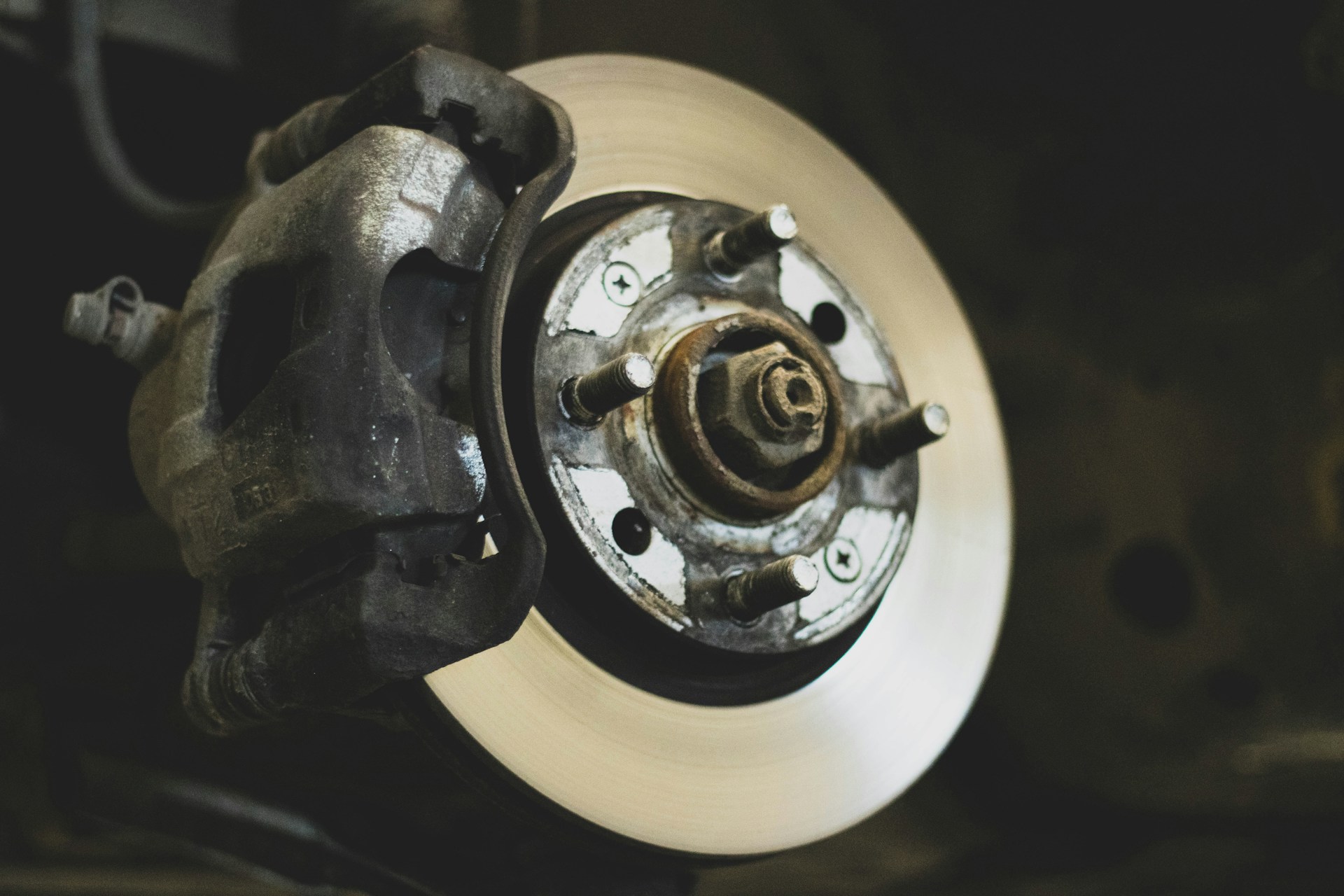Is your car trying to send a message? That screeching brake or sluggish startup could be a cry for help.
Like an impatient toddler, your vehicle relies on you to notice the signs it’s due for some care. Stay attentive, and you’ll enjoy better performance, safety, and peace of mind. This guide equips you to interpret your car’s cues so you can show it some love before minor issues become significant problems.
The Role of Regular Inspections
Say you just bought a new Toyota for sale from your local dealership. Before driving off the lot in your new wheels, it’s a good idea to arrange a maintenance schedule and regular inspections.
These inspections can identify potential issues before they escalate, saving you from expensive repairs and ensuring your new vehicle’s longevity. Scheduled maintenance is crucial for your car’s overall health, ensuring all components are in optimal condition and reducing the risk of unforeseen breakdowns.
Monitoring Your Brake Pads
Your brake pads are fundamental to your vehicle’s safe operation. Over time, they undergo wear and tear, ultimately affecting your car’s braking performance.
Most manufacturers recommend inspecting brake pads every 12,000 to 25,000 miles. However, certain signs may indicate the need for immediate replacement. Listen for squealing or grinding noises when applying the brakes, and pay attention to increased brake pedal travel. These are common signs your brake pads need some TLC.
The Importance of Regular Fluid Checks
Aside from brake pads, various fluids play a vital role in your vehicle’s performance.
Checking your car’s fluid levels regularly, including brake fluid, coolant, and transmission fluid, is crucial. Low brake fluid levels can compromise your braking system, leading to reduced braking efficiency or, worse, brake failure. Ensure all fluid levels are within the recommended limits and replenish them as necessary to prevent unexpected issues.
Signs Your Tires Need Replacement
Tires are your car’s direct connection to the road, making their condition imperative for your safety.
Check your tire tread depth regularly and replace tires worn down beyond the recommended limit. Additionally, be mindful of uneven tread wear, bulges, or cracks, as these indicate potential tire failure. Maintaining proper tire pressure is equally important, as over or under-inflated tires affect your vehicle’s handling, fuel efficiency, and overall safety.
Understanding Your Car’s Belts and Hoses
Your car’s belts and hoses are crucial for proper system functionality, including the engine and cooling system.
Inspect them periodically for signs of wear, such as cracks, fraying, or bulges. Over time, belts can lose their tension, leading to slippage and reduced performance. Damaged hoses can cause coolant leaks or engine overheating. Regularly inspecting and replacing these components prevents avoidable breakdowns and costly repairs.
Don’t Just Maintain — Maximize Your Automotive Investment
Keeping your vehicle in top shape isn’t just about safety; it’s an investment in your ride’s longevity. With a proactive approach and swift attention to concerns, you can steer clear of expensive repairs and guarantee a smooth ride for the long haul. Remember, your diligence today ensures countless worry-free miles tomorrow!




